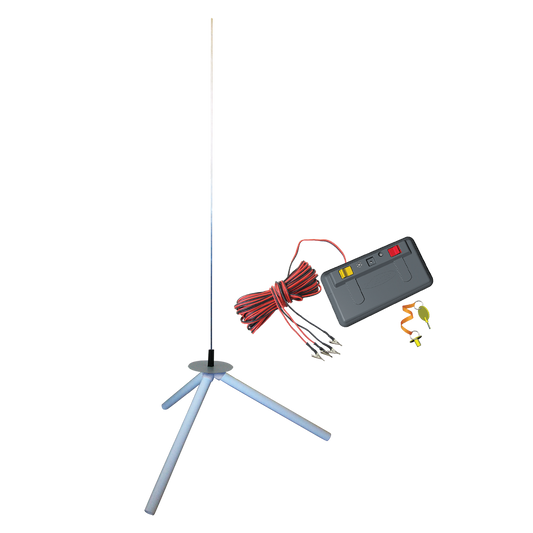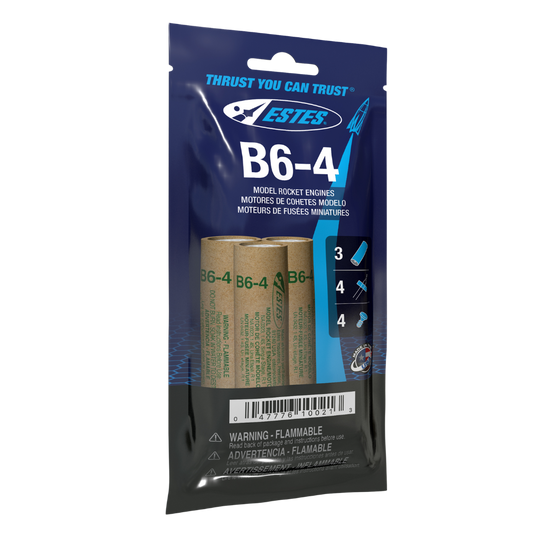The Estes Green Eggs Rocket is designed to make physics and engineering concepts come alive through flight. Perfect for classrooms, youth organizations, and rocketry clubs, Green Eggs provides an exciting platform for students to explore aerodynamics, thrust, and recovery systems while protecting their “eggstronauts” during descent. Launching an egg safely requires both planning and precision, making this rocket an engaging way to practice problem solving and teamwork.
Designed for Real-World Challenges
Green Eggs was engineered for stability and safe recovery using Estes C11 and D engines, providing the right amount of lift for an egg payload. The rocket’s clear payload section allows visual confirmation of its precious cargo, and its swept fin design helps ensure smooth, stable flight. The BT-65 body tube and coupler system are built for strength, while the laser-cut balsa fins enhance alignment and durability through repeated launches.
Perfect for Classroom Competitions and TARC Preparation
Egg lofting activities are a fun way to introduce students to the principles used in The American Rocketry Challenge (TARC). The Green Eggs Rocket lets students experiment with parachute sizes, descent rates, and recovery systems to discover the best methods to bring their eggs safely back to Earth. It’s an ideal stepping stone for students interested in aerospace engineering or competitive rocketry.
Easy to Build and Classroom Friendly
Green Eggs features simple, straightforward construction that minimizes prep time so you can focus on the learning experience. The rocket’s body and payload sections share the same diameter, eliminating the need for awkward launch lug standoffs. With its through-the-wall fin mounting and clear assembly steps, this model can be built and ready to fly in as little as two hours of classroom time.
Launch Requirements and Recommendations
For flight, pair the Green Eggs Rocket with the Estes Porta-Pad II Launch Pad and Electron Beam Launch Controller. Recommended engines are C11-3 or D12-3 when flying with an egg, and C11-5 or D12-5 when flying without. Each flight reaches up to 825 feet with an egg and over 1000 feet without, using an 18-inch parachute for gentle recovery. The rocket can stand on its own thanks to its swept fins, adding a fun display element between launches.






